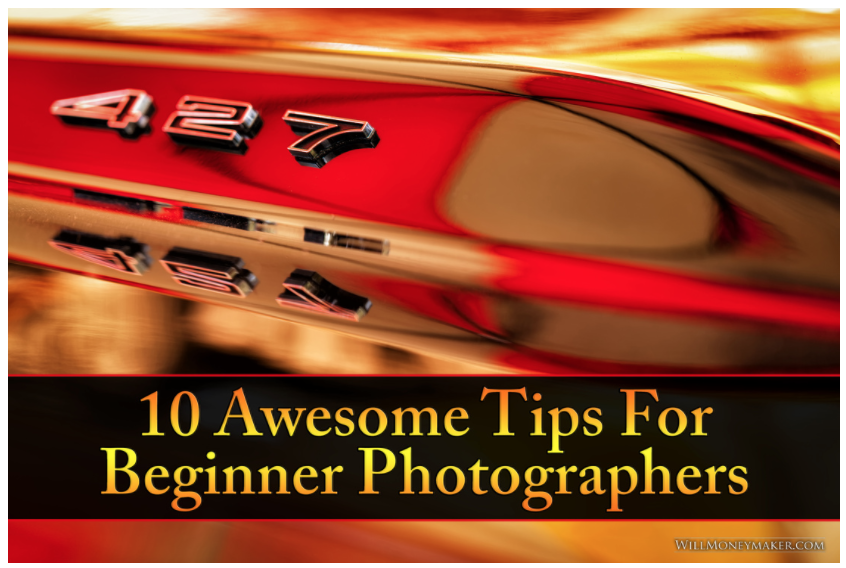Digital photography has revolutionized the way I now capture, store and disseminate images. However, the art of high-quality photography demands more than just the use of high-end equipment. Novice photographers need to master basic principles to capture outstanding photos that bring out the best of any subject, whether moving or static. Photographers must understand how composition guidelines apply to different scenarios to improve the quality and depth of a captured scene.
1. Choose Ideal Equipment
Start with mid-range equipment capable of taking decent photos. After you learn the various photographic techniques and field requirements and understand the value of good equipment, you may want to upgrade to a better camera.
2. Prevent Camera Shake
Camera shake is a common flaw that undermines the quality of any image. Although the use of a tripod or monopod eliminates the problem, not all applications allow the use of a supporting frame. Beginners must learn how to hold a camera firmly with both hands placed close to the body. This ensures full support and much-needed balance.
3. Keep Camera Handy
Golden photographic moments often present themselves when you least expect it. As I’ve mentioned in previous posts, you won’t have to worry about missing a once-in-a-lifetime shot if you carry your camera with you constantly.
4. Select Ideal Shooting Mode
Digital cameras come with a wide range of shooting modes, including automatic and user-specified options. Some modes, such as shutter priority, allow users to capture fast action scenes with precision. On the other hand, the aperture priority mode is ideal for use in low light.
5. Use Photography Resources
The Internet overflows with useful photography resources that offer important tips and up-to-date information on new techniques. The majority of sites incorporate forum sections where you can share experiences with other photographers.
6. Adjust White Balance
Digital cameras normally adjust white balance in an automatic fashion based on prevailing light conditions, which makes the images look as natural as possible. The camera assigns specific colors to various light casts – yellow is linked to tungsten lighting, green to fluorescent and blue is triggered by sunlight.
7. Use Flash Appropriately
Firing the flash at the wrong time may ruin the quality of shots taken. The flash can make photos appear unnatural, particularly when fired indoors. In some instances, it’s better to apply the widest aperture or elevate the ISO to between 800 and 1600 to make the most of the available light rather than use the flash. Alternatively, you can move away from the subject and zoom in to achieve correct framing. When adjusting flash power is impractical, use the diffuser to spread the light.
8. Take Advantage of Post Processing Programs
There are many free and paid image-processing programs available online. Their basic functions include red eye removal, exposure adjustment, cropping, resizing, and color correction, among other photo editing functions.
9. Use Exposure Compensation
Cameras use an 18-percent gray card to help determine ideal exposure based on specific shooting conditions. Depending on the type of camera, you can either dial exposure compensation or select the appropriate scene mode in the event that automatic settings produce darker images.
10. Learn About Basic Composition
Composing a photo involves positioning various frame elements. The rule of thirds is particularly useful in this regard. You can easily split a single frame into nine distinct squares of equal size. Align the subject in the lines and intersections to create a dynamically improved photo. My Canon camera comes with an integrated rule of thirds grid overlay that can be activated at the push of a button.
By following basic guidelines, newbies can produce high-quality images that rival those captured by experienced photographers. Although high-end equipment is capable of delivering vastly improved photos and offer numerous advanced features, it is possible to work successfully with entry- and mid-range devices.






